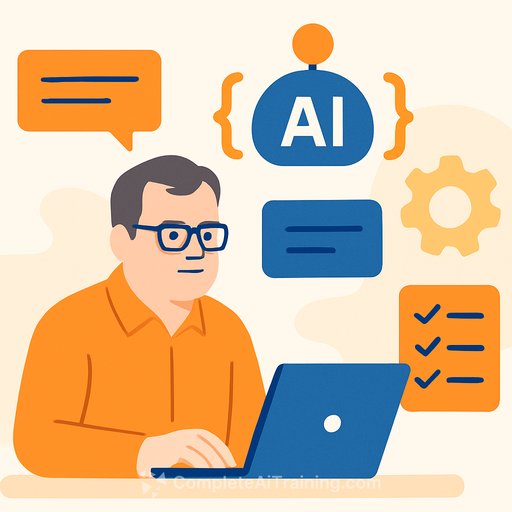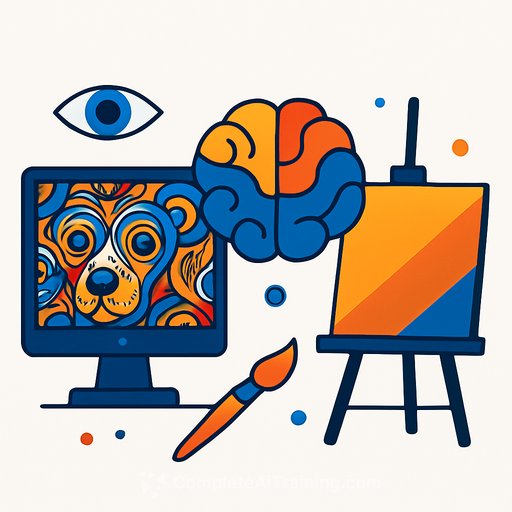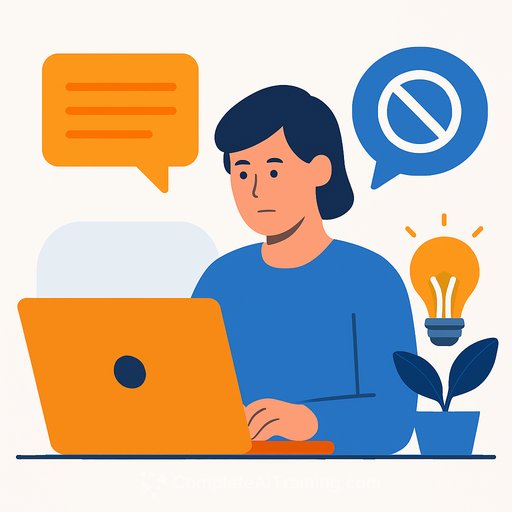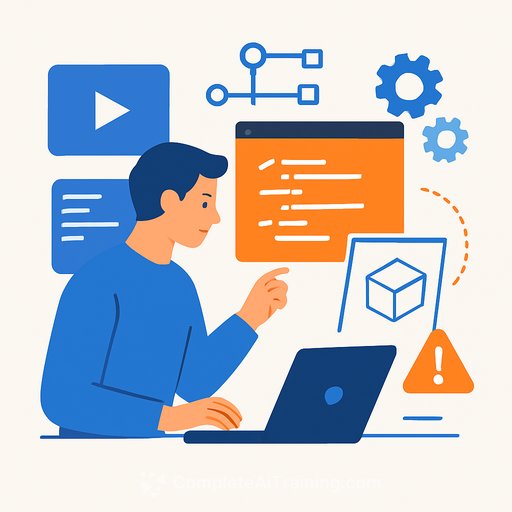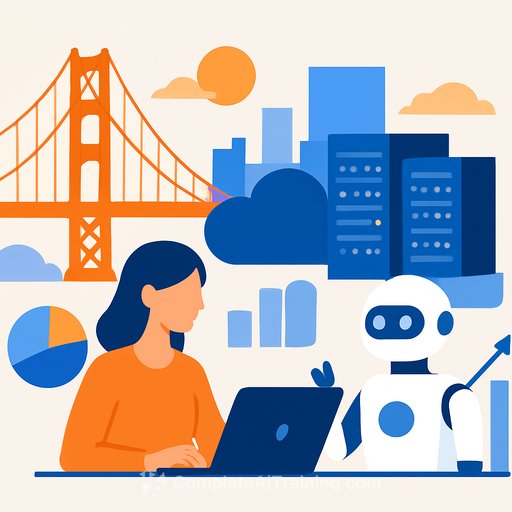Reid Hoffman on Vibe Coding: A Balanced Look at AI-Driven Software Development
Reid Hoffman, co-founder of LinkedIn and a prominent venture capitalist, recently shared his insights on "vibe coding" during an episode of his podcast, Possible. This emerging method enables developers to use natural language prompts to guide AI in generating code that captures the intended "vibe" or concept, rather than sticking to strict syntax rules.
Hoffman emphasizes that vibe coding won't replace traditional productivity tools like Microsoft Office or Google Workspace. Instead, it has the potential to enhance human creativity while complementing existing platforms. This perspective is especially relevant amid ongoing AI advances reshaping software development practices.
What Is Vibe Coding?
Powered by large language models from companies such as Anthropic and OpenAI, vibe coding allows even non-technical users to prototype applications by expressing ideas in everyday language. For example, a prompt like “create an app that evokes the essence of a quaint bookstore” can be transformed into actual code.
Despite its promise, Hoffman cautions against overestimating vibe coding’s disruptive impact. He points out that productivity suites remain essential for managing structured workflows and collaboration.
Limitations of AI-Generated Code
Industry experts note that vibe coding can speed up idea generation but often produces imperfect results that require human correction. Reports highlight challenges in complex enterprise environments, where tools like Airtable and Redis still need careful integration and testing.
Hoffman stresses AI’s tendency toward "hallucinations"—incorrect or fabricated outputs—which makes vibe coding more suitable for early-stage prototyping rather than mission-critical systems. Forbes echoes this view, describing vibe coding as an additive innovation that builds on traditional coding rather than replacing it.
Investment and Market Dynamics
Venture capital interest in vibe coding startups is growing rapidly. Influencers on social media warn that platforms like Replit and Cursor AI might commodify simple software creation, lowering entry barriers. Hoffman counters that core productivity software will persist because they handle collaboration, security, and scalability—areas where vibe coding currently falls short.
Platforms such as Cursor and v0 excel at converting prompts into functional applications but still require human oversight in production environments. Drawing from his experience at Inflection AI, Hoffman predicts vibe coding will make productivity tools more intuitive and accessible while preserving established players.
Implications for Developers and Businesses
For developers, vibe coding signals a shift to higher abstraction levels. Discussions on social channels envision 2025 tech stacks blending AI tools with frameworks like React and PostgreSQL, suggesting hybrid workflows will dominate.
Hoffman believes AI augmentation will allow junior developers to take on more complex tasks and advises companies to invest in upskilling rather than downsizing their teams. Meanwhile, businesses face challenges such as ethical biases in AI-generated code, especially in fast-moving sectors like fashion where rapid prototyping is common.
He warns that overreliance on vibe coding risks compromising accuracy and security, urging a cautious approach to adoption.
Balancing Enthusiasm with Practicality
Ultimately, vibe coding is a tool to enhance, not replace, traditional software development. AI models like Anthropic’s Sonnet 3.5 are shifting the role of AI from assistant to collaborative partner in coding.
Despite AI’s growing capabilities, productivity software remains indispensable for enterprise needs due to its reliability and robustness. Industry forecasts predict deeper integration of AI features to accelerate minimum viable products (MVPs), but Hoffman reminds us that true innovation depends on combining AI’s speed with human judgment.
As new generations of tech professionals emerge familiar with these technologies, productivity software will continue evolving—becoming more intuitive and resilient alongside vibe coding.
- Explore AI courses designed for developers and creatives at Complete AI Training.
- Stay updated on AI tools for coding and automation at Complete AI Training's AI Tools database.
Your membership also unlocks:

